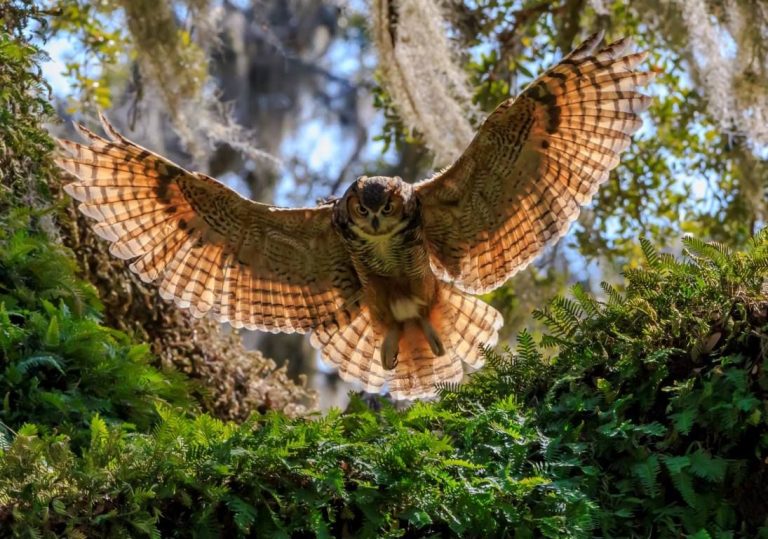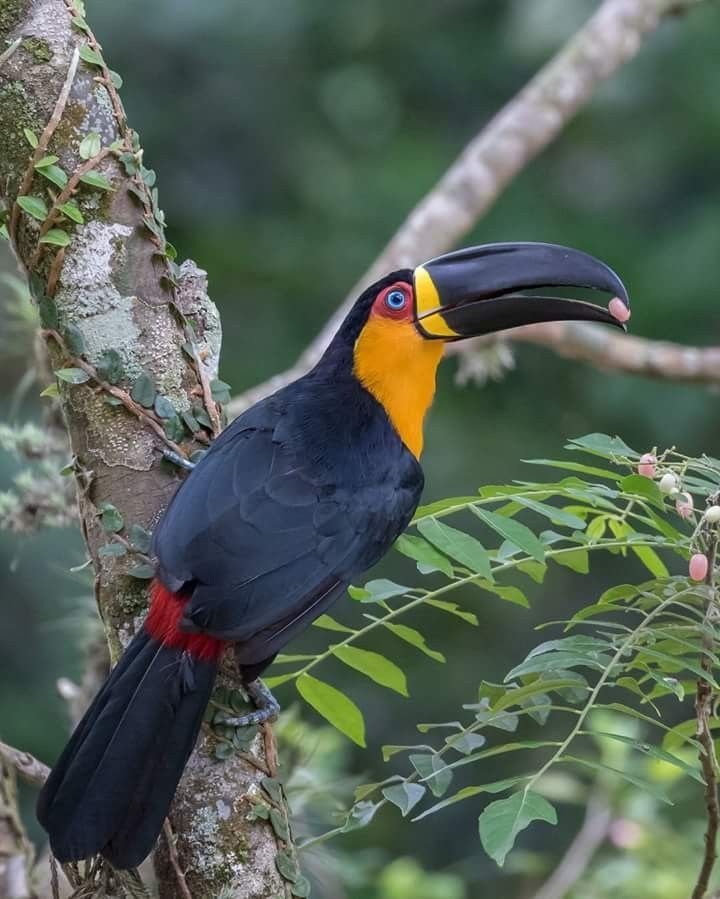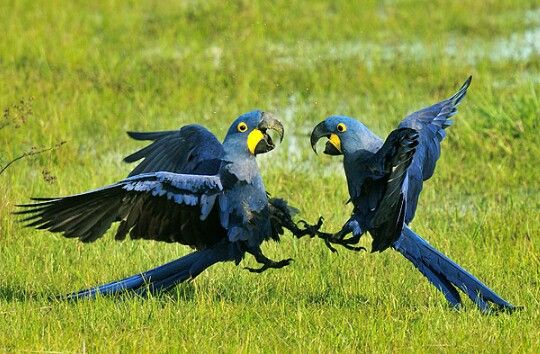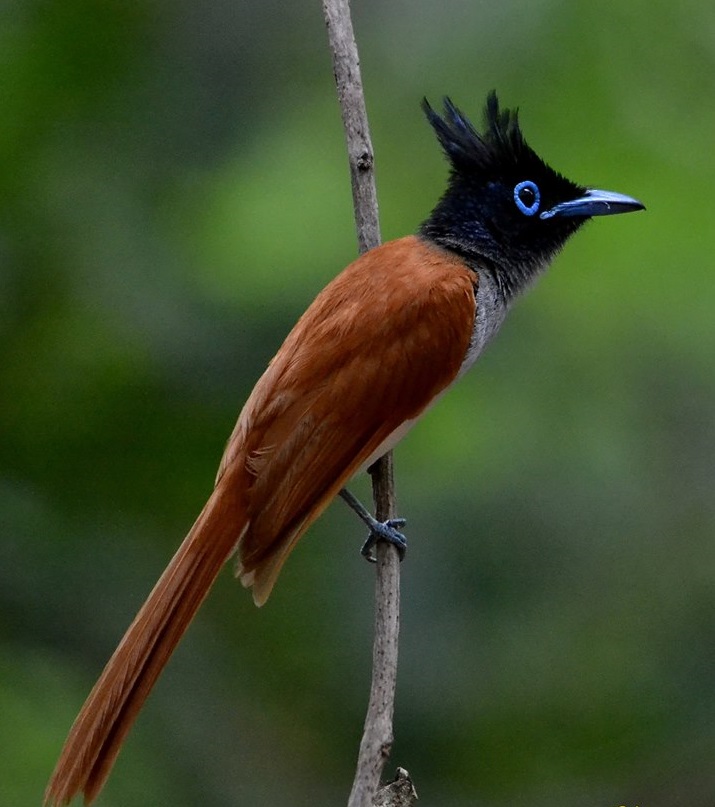The Dazzling Acrobat of the Wetlands: Northern Lapwing
At dawn, when the mist still clings to the meadows and wetlands, a curious sound breaks the silence: a bubbling, “pee-wit” call that ripples across the landscape. Above the shimmering grasses, a bird with striking wings and a jaunty crest takes flight, performing a tumbling dance in the sky. This is the Northern Lapwing (Vanellus vanellus), a bird both elegant and mischievous, admired across Europe and Asia for its beauty and resilience.
With its bold plumage, the Northern Lapwing is a spectacle in itself. From afar, it seems black and white, but a closer look reveals shimmering greens and purples on its back and wings that glisten in the sunlight. Its underparts are pure white, contrasting sharply with its dark chest. The long, wispy crest crowning its head gives it a whimsical, almost theatrical appearance. Males often flaunt longer crests than females, especially during the breeding season, when they use every detail to impress potential mates.
The habitat of the lapwing is as distinctive as its appearance. These birds thrive in wetlands, grasslands, and agricultural fields, where they probe soft earth for insects, worms, and small invertebrates. Their foraging style is gentle yet methodical, often walking in short bursts before pecking quickly at the ground. When disturbed, they rise into the air, flashing their rounded wings in a dazzling display of black and white, accompanied by their haunting pee-wit calls. It is from this call that they earn one of their folk names: peewit.
During the breeding season, the lapwing’s aerial antics reach their peak. Males perform spectacular flight displays—diving, twisting, and somersaulting—to win the attention of females. Once paired, they nest directly on the ground, often in open fields or damp meadows. The nest is a shallow scrape lined with grasses, vulnerable to predators but defended fiercely by both parents. If danger approaches, lapwings will feign injury, dragging a wing dramatically to lure predators away from their precious eggs and chicks. The young hatch well-camouflaged, covered in speckled down, and quickly learn to follow their parents in search of food.

Yet, despite their charm and adaptability, Northern Lapwings face serious challenges. Once common in vast numbers across Europe, their populations have declined sharply due to the loss of wetlands, intensification of agriculture, and climate change. Drained fields, pesticide use, and mechanized farming have all reduced the availability of safe nesting grounds. Today, in many regions, they are considered a species of conservation concern, with efforts underway to restore habitats and encourage sustainable farming practices.
Beyond their ecological role, lapwings have held a place in culture and folklore for centuries. In medieval Europe, they were symbols of deceit, perhaps because of their trickery in luring predators away from nests. Yet they were also admired for their bravery and determination in defending their young. In some cultures, their calls were thought to herald seasonal changes, linking them to the rhythms of nature and the cycles of the land.
To watch a Northern Lapwing wheel through the sky is to witness a moment of wild artistry, a reminder of the delicate balance between life and landscape. As their wings flash and their voices echo across the wetlands, they call us to notice—to protect what is fleeting, to cherish what is beautiful, and to act before these dazzling acrobats vanish from our skies.






